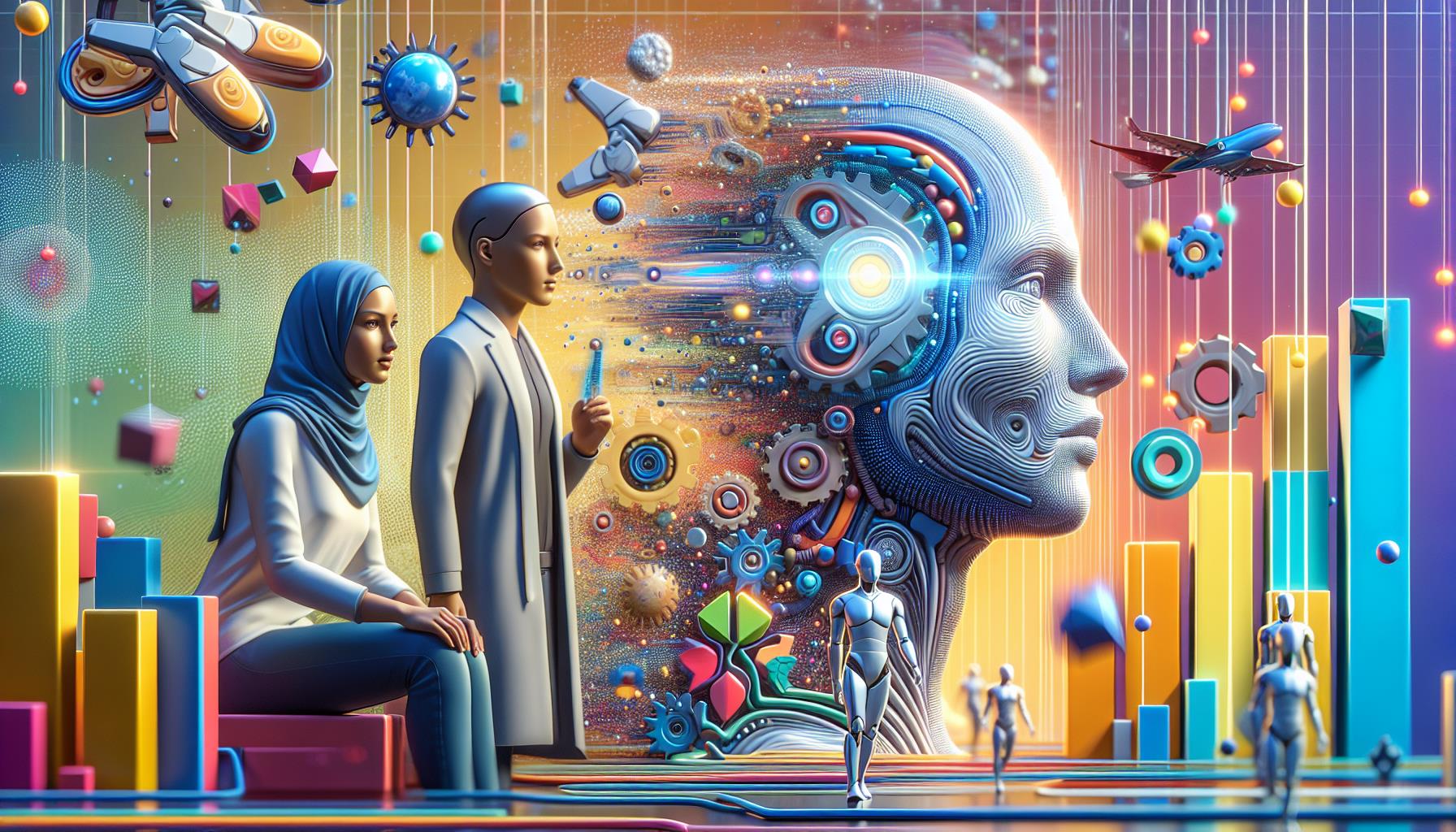Artificial Intelligence (AI) has revolutionized various industries, including healthcare, finance, and entertainment. One area where AI has made significant advancements is in image generation. Recently, two AI models, DALL-E 3 and Stable Diffusion, have emerged as game-changers in the field of AI-generated images. These models promise to create images 30 times faster than previous technologies, opening up new possibilities for various applications.
DALL-E 3: Accelerating Image Generation with Enhanced Efficiency
DALL-E 3 is the latest version of the DALL-E model, developed by OpenAI. This powerful AI system utilizes a combination of deep learning and generative models to create high-quality images. The primary advantage of DALL-E 3 is its remarkable speed, allowing it to generate images at a rate 30 times faster than its predecessors.
The enhanced efficiency of DALL-E 3 is achieved through advanced optimization techniques and parallel processing. By leveraging the power of parallel computing, DALL-E 3 can process multiple images simultaneously, reducing the time required for image generation. This breakthrough has significant implications for industries such as advertising, design, and entertainment, where quick turnaround times are crucial.
Stable Diffusion: Pushing the Boundaries of Image Generation
Stable Diffusion is another AI model that has caught the attention of researchers and practitioners in the field of image generation. Unlike DALL-E 3, Stable Diffusion focuses on creating images with specific attributes or styles. This model uses a technique called diffusion models, which allow for the controlled modification of images based on desired characteristics.
The unique feature of Stable Diffusion is its ability to generate images that seamlessly transition between different styles or attributes. For example, it can transform a daytime scene into a nighttime one, or change the color scheme of an image while maintaining its original content. This flexibility opens up new possibilities for creative expression and can be applied in fields such as digital art, virtual reality, and video game design.
Advancements in Medical Imaging and Diagnosis
The advancements in AI image generation have significant implications for the field of medicine, particularly in medical imaging and diagnosis. AI-generated images can aid in the detection and diagnosis of various diseases, allowing for quicker and more accurate assessments.
For instance, AI models like DALL-E 3 and Stable Diffusion can generate detailed and realistic images of organs, tissues, and anomalies. These images can assist radiologists in identifying subtle abnormalities that may be indicative of diseases such as cancer, cardiovascular disorders, or neurological conditions.
Moreover, AI-generated images can be used to simulate surgical procedures, helping surgeons plan and practice complex operations. By visualizing the surgical site in a realistic manner, surgeons can anticipate challenges and develop more effective strategies, leading to improved patient outcomes.
Personalized Treatment Plans and Disease Management
The ability to generate AI images rapidly can also contribute to personalized treatment plans and disease management. By analyzing a patient’s medical data and combining it with AI-generated images, healthcare professionals can tailor treatment approaches to individual needs.
For example, in the field of dermatology, AI-generated images can assist in the diagnosis and treatment of skin conditions. By analyzing images of a patient’s skin, AI algorithms can identify specific patterns or characteristics that may be indicative of certain dermatological disorders. This information can then be used to recommend appropriate treatment options and monitor the progress of the condition over time.
Furthermore, AI-generated images can aid in the development of personalized rehabilitation programs for individuals recovering from injuries or surgeries. By simulating movements and exercises in a virtual environment, patients can receive targeted therapy that addresses their specific needs and accelerates the recovery process.
Consult a Medical Professional for Personalized Advice
While the advancements in AI image generation hold great promise, it is crucial to consult a medical professional for personalized advice and treatment. AI-generated images can provide valuable insights, but they should not replace the expertise and judgment of healthcare professionals.
Medical conditions require careful evaluation, diagnosis, and treatment plans that consider individual factors and medical history. Therefore, it is essential to consult with a doctor or specialist who can provide personalized guidance based on your specific needs.
Remember, this article is for informational purposes only and does not constitute medical advice. Always consult a healthcare professional for accurate diagnosis and appropriate treatment options.
Citations:
AI in Medical Imaging: From Detection to Diagnosis
AI-Generated Images for Personalized Medicine
AI in Dermatology: Applications and Challenges
